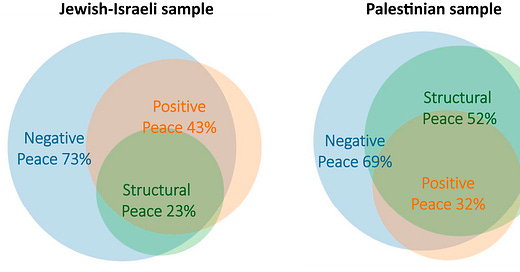A few months ago, I showed my father a YouTube video essay which covered a recent news story that I cared about. He did enjoy the video, but he bemoaned the fact that the video was “editorializing”. Which is to say, the video contained one creator’s opinion/interpretation on events, and was not simply a “news source” giving raw information about events. As a young person, I’m so used to getting my “news” from social media, YouTube, and other non-traditional online sources, that I hadn’t even considered that, to an older person, anything not presented with an “official” TV news logo in the corner of the screen (CNN, MSNBC, Fox News, etc.) would be considered less legitimate.
This simple example highlights a notable difference between how older generations and newer generations consume media, or to use an academic term, how they construct knowledge. Older people view traditional media as more legitimate because these sources have spent years building trust with the general public through accurate reporting and well-vetted information sources. Meanwhile, social media has become popular among young people because it can give raw, unfiltered footage of real world events, as well as the perspectives of everyday people.
Traditional media and social media both have their pros and cons, the latter of which having a surprising amount of overlap. Both are prone to misinformation and bias in their own ways; traditional media favors the status quo (imperialism, capitalism, the views of corporate owners/donors, etc.) and social media has allowed literally whoever gain a massive following regardless of their ability to vet information. Both suffer from the need to create sensationalist headlines/thumbnails/takes to succeed in the attention economy, which inherently filters out nuanced reasoning in favor of extreme or rage-filled worldviews.
One phenomenon I increasingly see with my fellow young people is the complete inability to trust traditional media now that they’ve been exposed to “the truth” (the realities that social media helps bring to the forefront which almost never get shown on TV). As an example, a young person might see a television-based news source headline their story with the term “ISRAEL-HAMAS WAR”, then immediately discredit the entire station as being biased towards imperial powers (on the basis that it presents the conflict as “the Israel-Hamas War” and not “the genocide of Palestinians by Israel”). They would then flip off the TV and find you a TikTok video discussing the same story. In fairness, they’d be correct about that bias; it is true that presenting this as a “war” comes with the implicit assumption that the two factions are roughly equally prepared to destroy one another, when in reality, Israel is a U.S.-backed nuclear superpower and Palestine has no formal military. However, many older people would say that, even if that’s your view, the more appropriate thing to do would be to not shut off the TV automatically, and instead engage with the story with the critical lens of “this might be presented in a way that favors Israel, but it still might contain potentially valuable information that I need to see”. And they would also be right!
The funny thing is, pro-Israel and pro-Palestine folks both seem to believe that news outlets are biased against them. Using CNN as an example, pro-Israel outlets call attention to how CNN’s Instagram page presents stories out of Palestine and other users call out their passive language regarding those who’ve been harmed at the hands of pro-Palestine protestors. On the other hand, pro-Palestine users call attention to the fact that CNN “submits all materials and footage to the Israeli military prior to publication” and call out their passive language regarding those who’ve been harmed by Israeli attacks on Palestine. While I’m personally more inclined to believe that CNN has more of a pro-Israel bias than a pro-Palestine bias, it’s fascinating to see the ways in which Zionists also get to play the victim and claim that mainstream media doesn’t represent them.
This all circles back to the most salient political issue of our time: how can we learn to come together despite living in different realities? I don’t hope to arrive at an answer to the question “what is truth?” in a single Substack post—I’m not that powerful—but I want to at least ramble about some things I’ve been thinking about lately, plus some more potential media literacy strategies (in addition to what I’ve already written about).
Keep reading with a 7-day free trial
Subscribe to That Anna Marie Newsletter to keep reading this post and get 7 days of free access to the full post archives.



